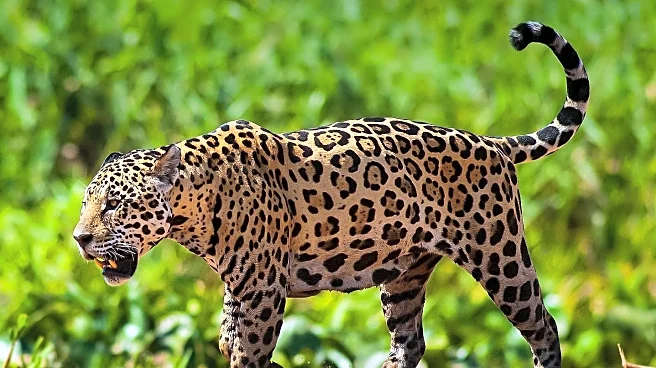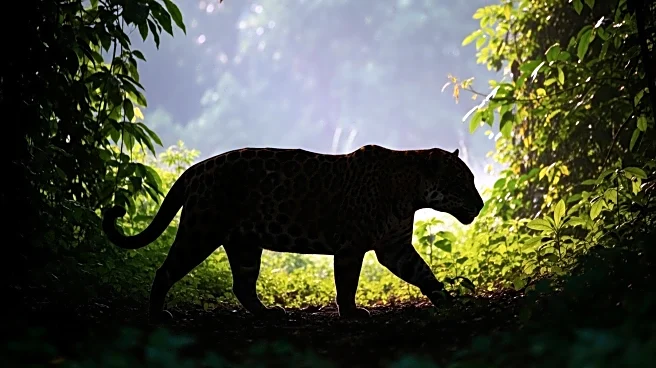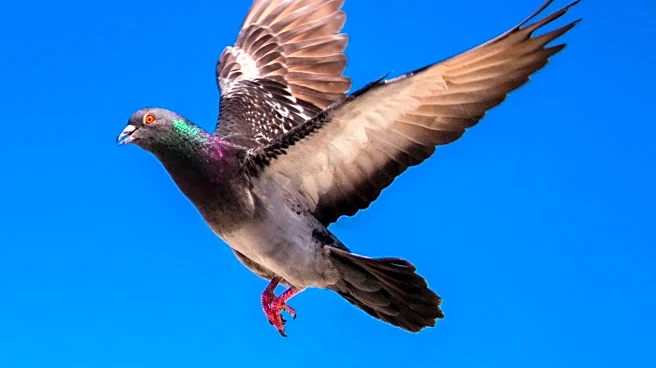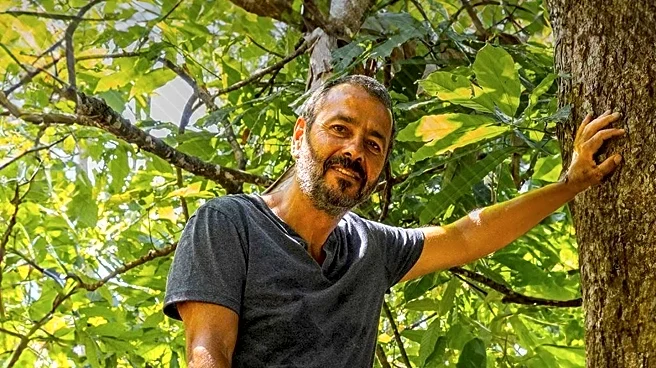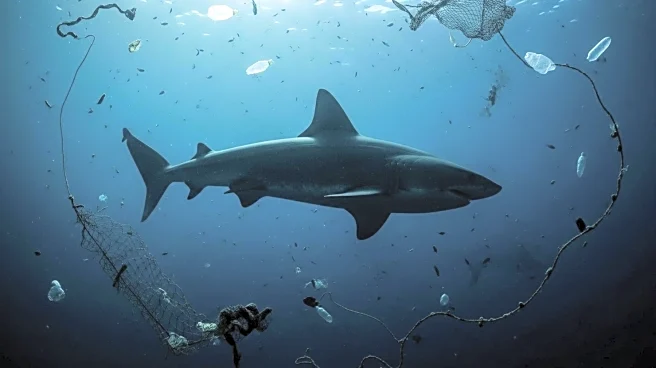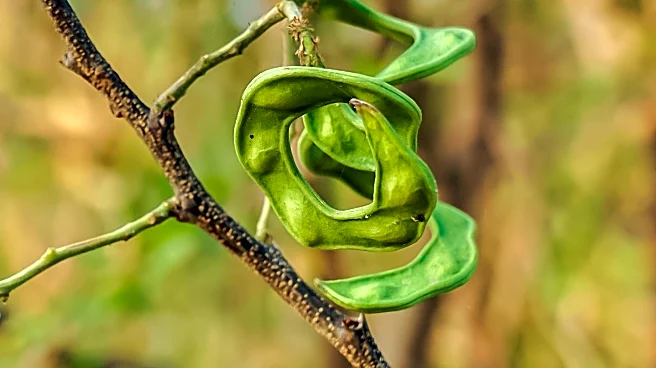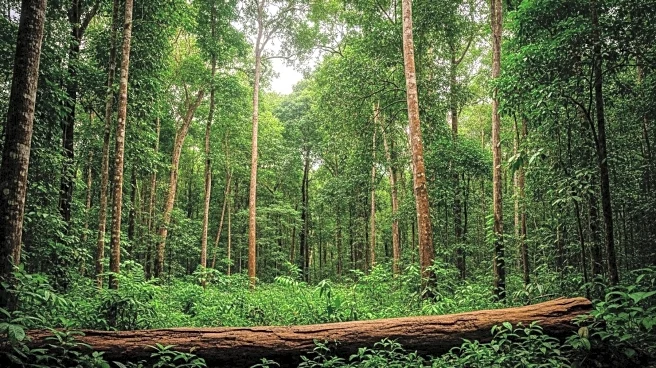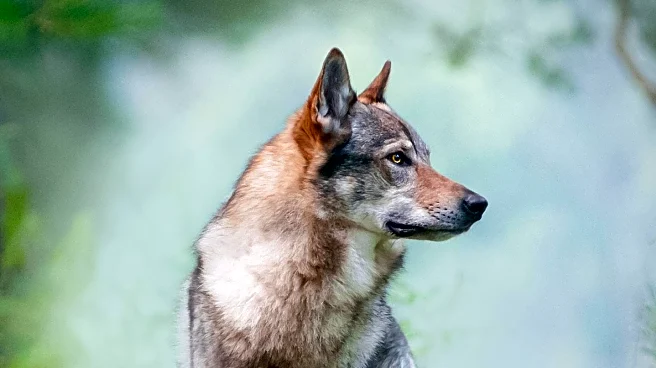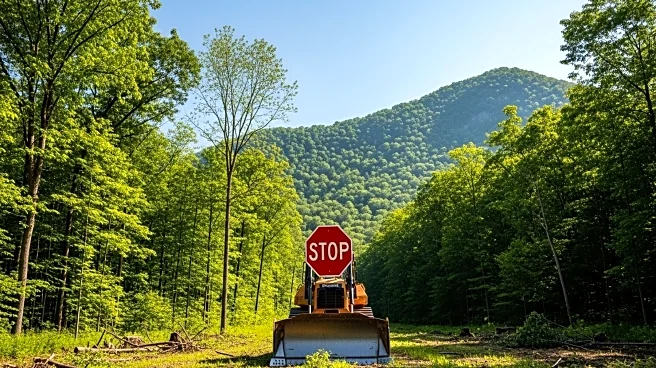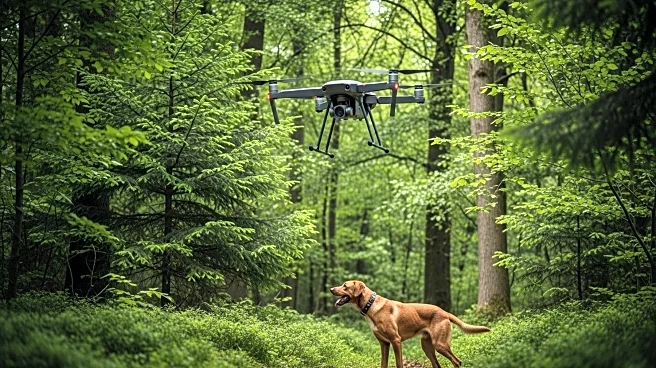What's Happening?
Mexico has seen a 30% increase in its jaguar population over the past 14 years, according to a census conducted by the National Alliance for Jaguar Conservation. The census, which involved motion-capture cameras and local community leaders, found 5,326 jaguars in 2024, up from 4,100 in 2010. The increase is attributed to maintaining protected areas, reducing conflicts with cattle ranchers, and raising public awareness about jaguars. Despite the positive trend, challenges such as deforestation, habitat loss, and illegal trade in jaguar parts persist.
Why It's Important?
The rise in jaguar numbers is a significant achievement for conservation efforts in Mexico, offering hope for the preservation of biodiversity. Jaguars play a crucial role in maintaining ecological balance, and their recovery can positively impact other species and ecosystems. The success of conservation strategies could serve as a model for other countries facing similar challenges. However, ongoing threats like habitat destruction and illegal wildlife trade highlight the need for continued vigilance and support from government and private sectors.
What's Next?
Efforts to further increase the jaguar population will require addressing deforestation and habitat fragmentation. Collaboration with social media companies to curb illegal trade and building safe crossing points on highways are potential next steps. Conservationists aim to reduce the time needed for jaguars to be considered safe from extinction, seeking greater financial support from the government and private sector. Continued engagement with local communities and stakeholders will be crucial in achieving long-term conservation goals.
